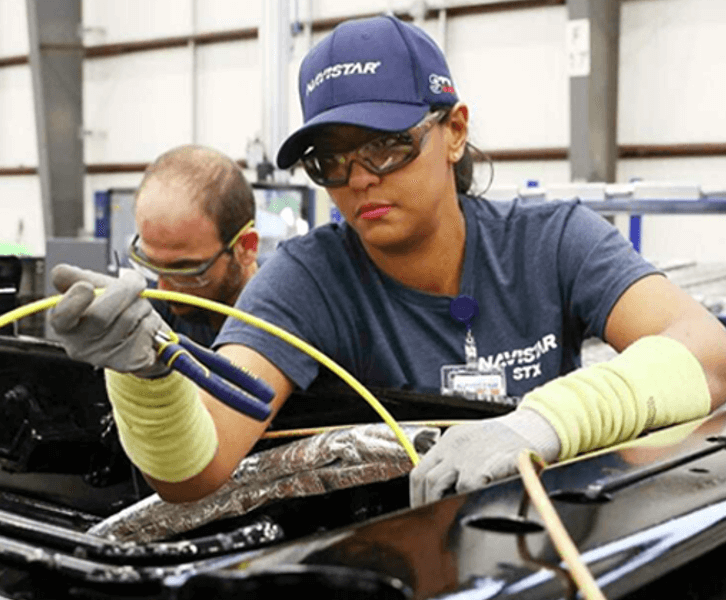
City of San Antonio, TX
Business & Community Resource Center
Population Greater than 50,000
San Antonio is one of the largest and fastest-growing cities in The United States, and it grapples with some of the highest poverty rates in the state of Texas. San Antonio is known to be made up of a vibrant community of individuals with different cultures, backgrounds, ethnicities, traditions, and more. The city has struggled with generational poverty for decades and has examined contributors to growing poverty rates such as discrepancies in income levels and unequal access to education. In 2020, during the height of the COVID-19 pandemic, San Antonio received national attention for mass unemployment rates and significant city-wide food and service needs. The pandemic exacerbated the already pressing economic divide between the city’s residents. Many residents struggled to feed their families, and the situation was dire. In response to the distressing challenges facing their community, city officials led by Ron Nirenburg, City Major, Erik Walsh, City Manager, and Alex Lopez, Assistant City Manager created the San Antonio Ready to Work Program.
A ballot measure was drafted that came to be known as Proposition B. This proposition suggested the implementation of a 1/8 cent sales tax to support educational attainment and job placement for members of the San Antonio community. With a majority approval vote, the measure passed and allowed for the creation of this unique program. Over 200 million dollars were estimated to be directed towards this newfound program due to the passing of the measure. The program aimed to supplement and support existing programs in the city.
The management of the program after the passing of the ballot measure took commitment, time, and effort so that the lives of residents and families could be directly and positively affected. In the first 6 months of the program’s launch, mass interest from residents overwhelmed the early system and revealed gaps in technological and staffing support. Many significant steps needed to be taken, including the procurement of contractors, system management, and proper staffing measures. The program’s process flow expanded and allowed for more efficient service delivery after 2-3 years of continued development. The program expanded to support childcare for participants who needed caretaking assistance; other major program developments include the creation of an education training catalogue and a job board for matching program graduates with concrete employment opportunities. In its third year of operation, the program has enrolled over 10,000 participants. In 2025, a six-million-dollar award was granted to support the hiring and training of San Antonians participating in the program, and the program has repeatedly been recognized by national organizations and institutions for its contributions.
By investing in a resident’s individual quality of life, the Ready to Work program invests in the city’s larger economic ecosystem. In partnership with local employers, it works to best identify the needs of the local workforce and aligns its educational programs accordingly. Over 500 local employers have committed to hiring graduates of the program in high-growth sectors such as manufacturing, healthcare, information technology, hospitality, and more.
The development and success of San Antonio’s Ready to Work Program reflects the importance of coordinated efforts between local government managers, community stakeholders, and residents. A joint commitment to ongoing collaboration has directly addressed a major historical challenge and drastically changed the lives of thousands of individuals.
